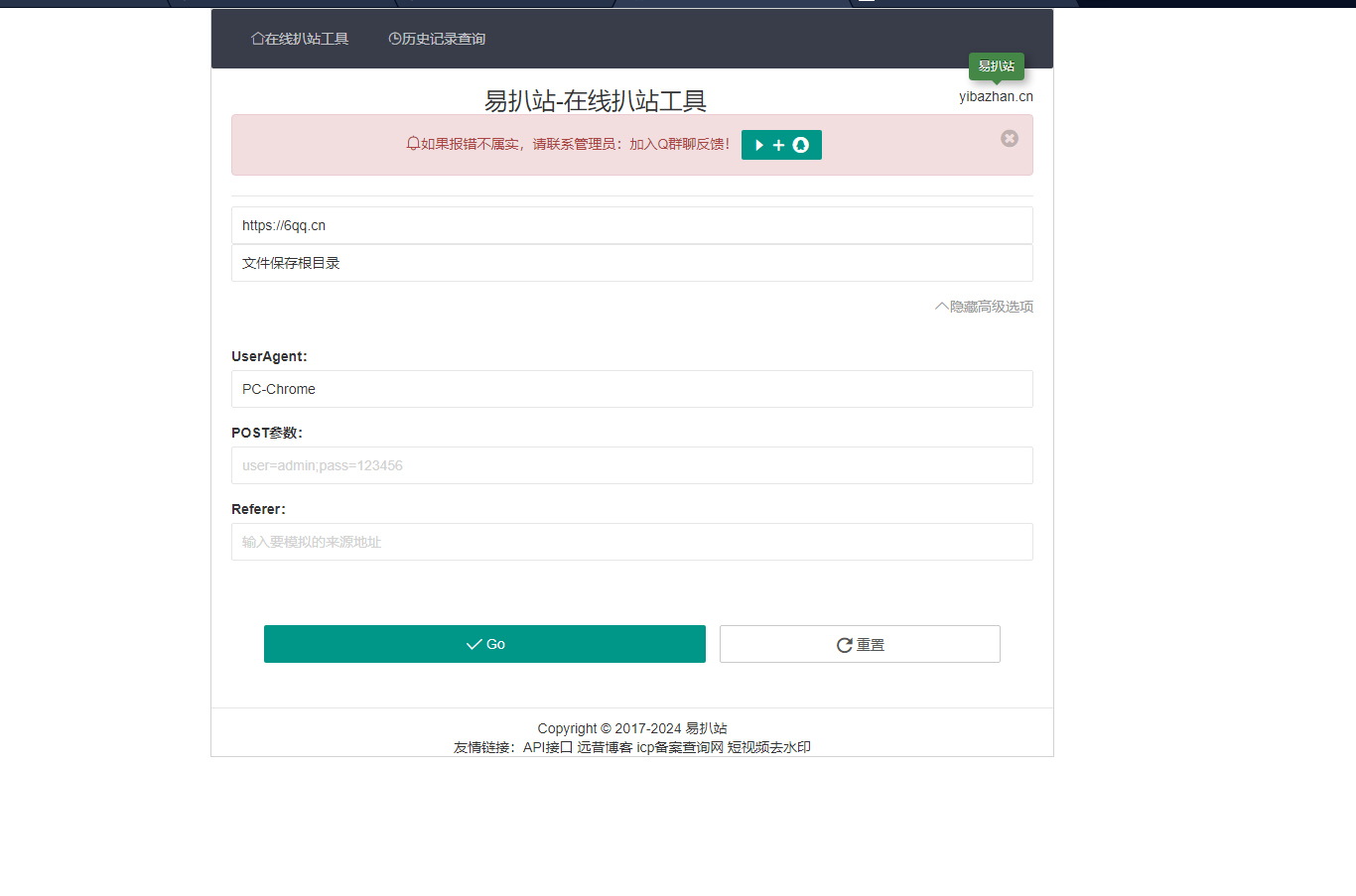在c++++中,tuple通過std::tuple創建并用std::get訪問元素:1) 創建tuple對象,如std::tuple mytuple(1, 3.14, “hello”); 2) 使用std::get訪問元素,如std::get(mytuple)獲取第一個元素。

在c++中使用tuple不僅是一種高效的數據打包方式,還能讓代碼變得更加簡潔和靈活。在我開始詳細講解之前,讓我先回答你的問題:在C++中,tuple是如何使用的?
在C++中,tuple是一種能夠容納多個不同類型元素的通用數據結構。它類似于std::pair,但可以包含任意數量的元素。使用tuple時,你可以通過std::tuple來創建一個tuple對象,并使用std::get來訪問其中的元素。你可以這樣做:
#include <tuple> #include <String> #include <iostream> int main() { // 創建一個包含int, double和string的tuple std::tuple<int double std::string> myTuple(1, 3.14, "Hello, Tuple!"); // 使用std::get訪問tuple中的元素 std::cout (myTuple) (myTuple) (myTuple) <p>現在,讓我們深入探討一下在C++中使用tuple的更多細節和技巧。</p> <p><span>立即學習</span>“<a href="https://pan.quark.cn/s/6e7abc4abb9f" style="text-decoration: underline !important; color: blue; font-weight: bolder;" rel="nofollow" target="_blank">C++免費學習筆記(深入)</a>”;</p> <p>當我第一次接觸到C++的tuple時,我覺得它就像一個多功能的瑞士軍刀,可以輕松地將不同類型的數據打包在一起。這不僅讓我在處理數據時更加靈活,也讓我能夠寫出更具表達力的代碼。</p> <p>例如,在一個函數中返回多個值時,tuple就顯得尤為有用。你可以這樣做:</p> <pre class="brush:cpp;toolbar:false;">#include <tuple> #include <string> std::tuple<int double std::string> getInfo() { return std::make_tuple(42, 3.14159, "Pi"); } int main() { auto info = getInfo(); std::cout (info) (info) (info) <p>使用tuple時,一個常見的挑戰是如何方便地訪問其中的元素。C++17引入的結構化綁定(structu<a style="color:#f60; text-decoration:underline;" title="red" href="https://www.php.cn/zt/122037.html" target="_blank">red</a> bindings)大大簡化了這個過程,讓你可以像解包一個普通的結構體一樣解包tuple:</p> <pre class="brush:cpp;toolbar:false;">#include <tuple> #include <string> #include <iostream> int main() { std::tuple<int double std::string> myTuple(1, 3.14, "Hello, Tuple!"); // 使用結構化綁定解包tuple auto [number, pi, message] = myTuple; std::cout <p>這不僅讓代碼看起來更整潔,也減少了使用std::get的次數,從而提高了可讀性。</p> <p>然而,使用tuple也有一些需要注意的地方。首先,tuple的元素是通過索引訪問的,這可能導致代碼不夠直觀,特別是在處理大量元素時。其次,tuple的類型推導有時會比較復雜,特別是在使用std::make_tuple時,如果不小心,可能會導致類型推導錯誤。</p> <p>為了避免這些問題,我建議在使用tuple時,盡量使用明確的類型聲明,而不是依賴類型推導。此外,如果你經常需要訪問tuple中的特定元素,可以考慮使用自定義的結構體來替代tuple,這樣可以提高代碼的可讀性和維護性。</p> <p>最后,分享一個小技巧:如果你需要對tuple進行排序或其他操作,可以使用std::tie來創建一個tuple的引用,這樣可以方便地進行元素的比較和操作:</p> <pre class="brush:cpp;toolbar:false;">#include <tuple> #include <string> #include <iostream> int main() { std::tuple<int double std::string> t1(1, 3.14, "A"); std::tuple<int double std::string> t2(2, 2.71, "B"); // 使用std::tie進行比較 if (std::tie(std::get(t1), std::get(t1), std::get(t1)) (t2), std::get(t2), std::get(t2))) { std::cout <p>總的來說,tuple在C++中是一個強大的<a style="color:#f60; text-decoration:underline;" title="工具" href="https://www.php.cn/zt/16887.html" target="_blank">工具</a>,能夠幫助你更好地管理和操作數據。只要你掌握了它的使用技巧和注意事項,就能在實際編程中發揮出它的最大潛力。</p></int></int></iostream></string></tuple>
? 版權聲明
文章版權歸作者所有,未經允許請勿轉載。
THE END



















